
| Ramblings in The Maritimes |
Getting There |
|
|
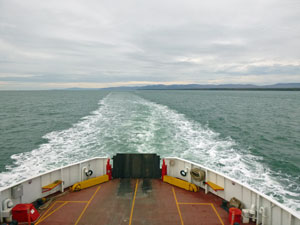 Crossing the St Lawrence River |
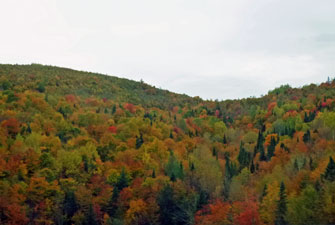 Appalachian forest brightening up a dull grey day |
|
 |
The Flower Pots – Hopewell Rocks (Big Tide in the Bay of Fundy) |
|
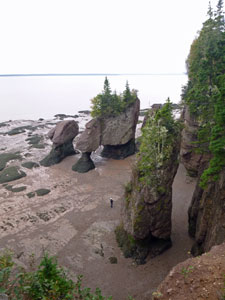 Low tide at "The Flowerpots" .... |
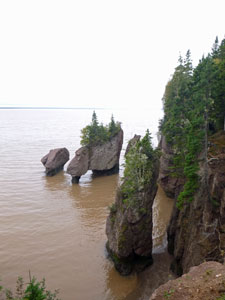 .... and six hours later and 11m higher |
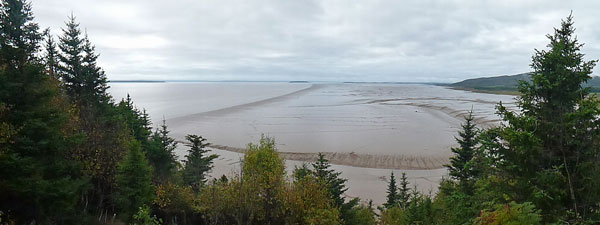 Tide crossing the mud flats of The Bay of Fundy |
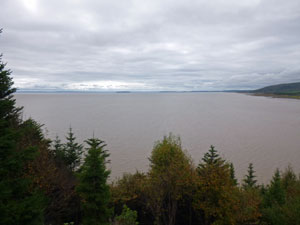 After the tide rolled in |
|
|
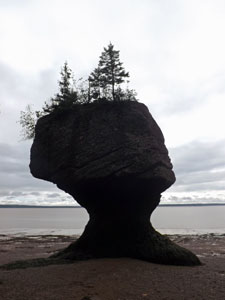
|
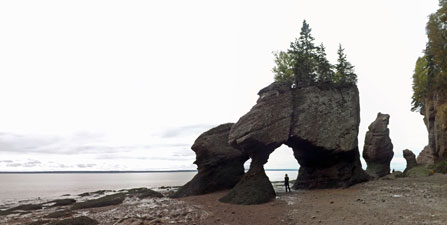
|
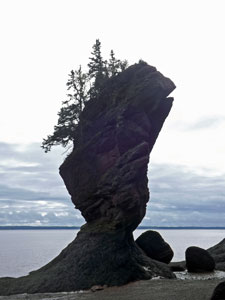
|
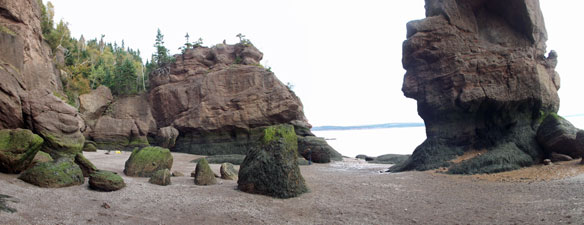 |
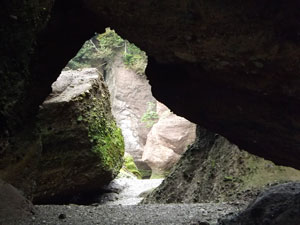 |
|
    |
Cape Breton Island |
|
 |
The route home - crossing New Brunswick |
|
||
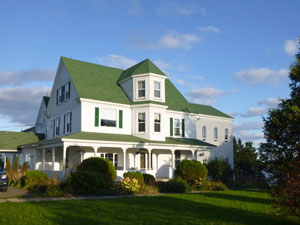 Old convent turned B&B in Bouctouche |
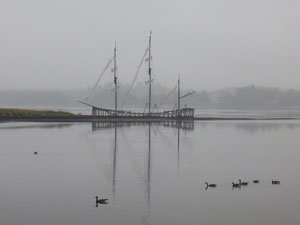 Reflections in the River |
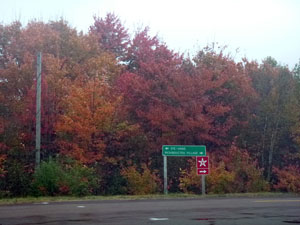 Autumn colour on the Acadian Coast |
|
||
|
It was a shame we couldn't do the bike ride, as the season was late on coastal New Brunswick and the autumn foliage in the park was a vibrant mix of red, orange and yellow tones – possibly the best we had seen. |
|
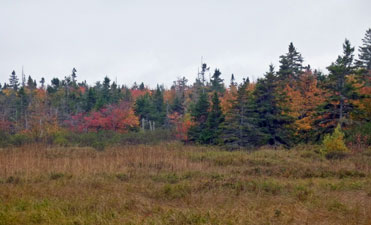 Edge of the forest in Kouchibouguac National Park |
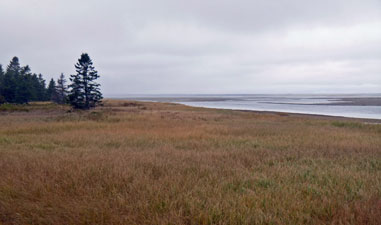 Coastal marsh in Kouchibouguac |
|
|
|
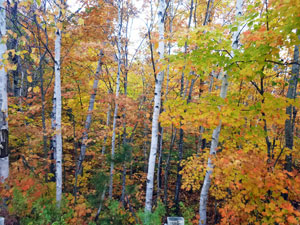 |
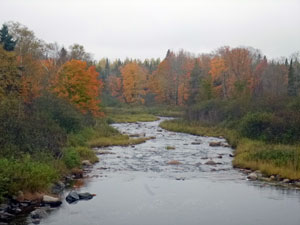 Crossing central New Brunswick |
|
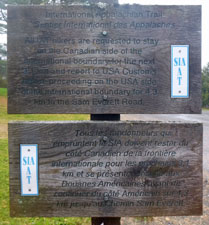 Sign for the International Appalacian Trail |
|
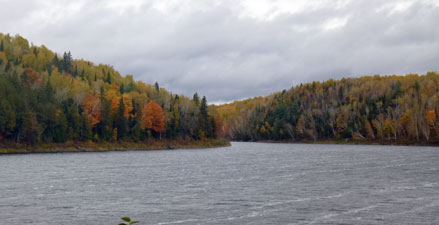 Shores of the St John River |
|
|
|
|
    |